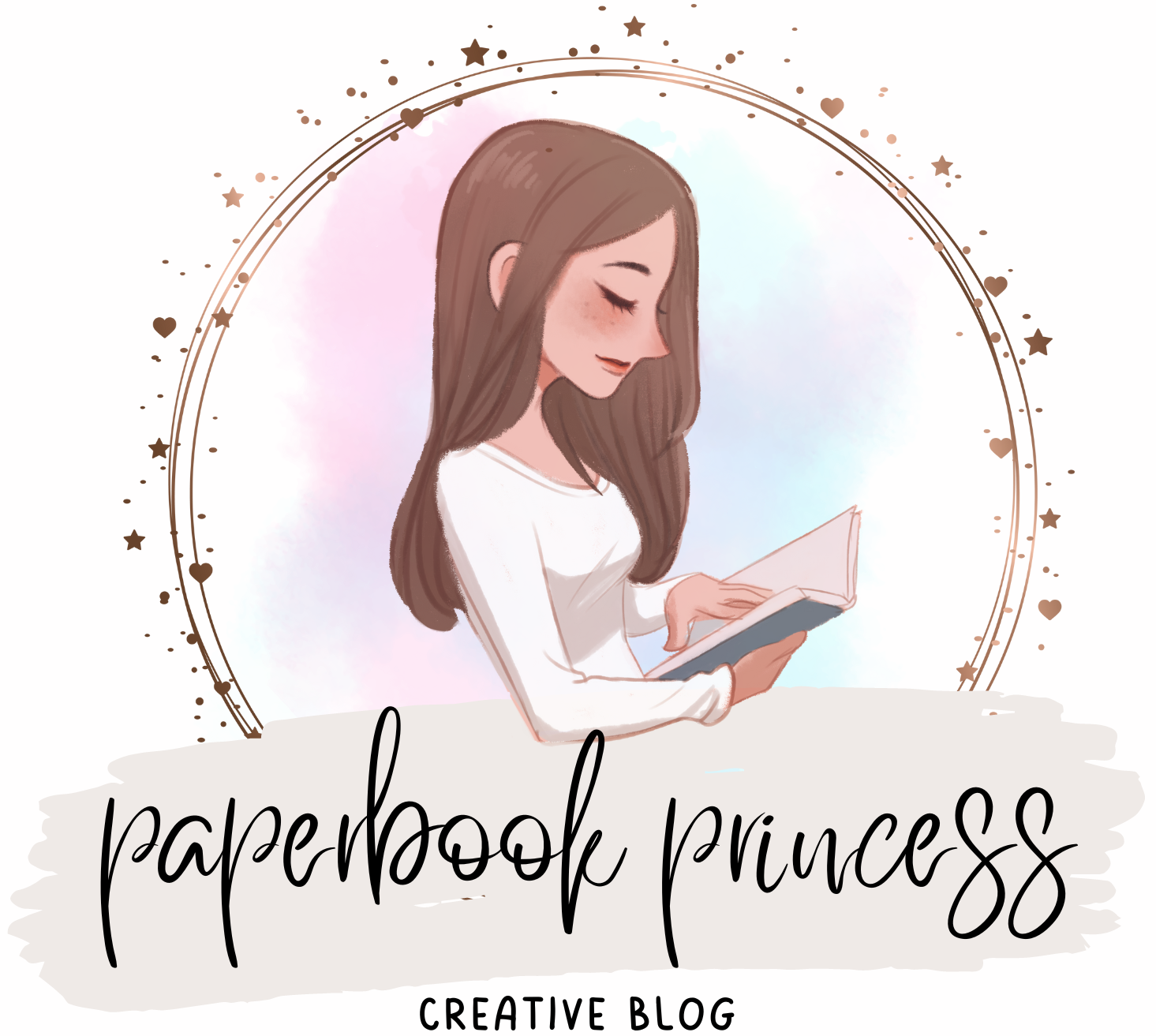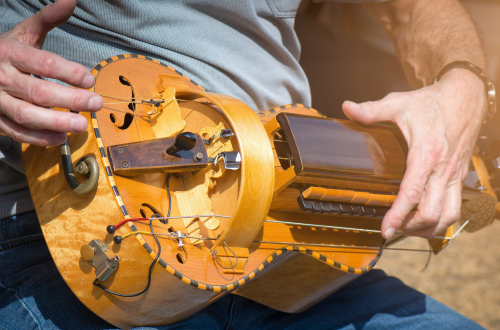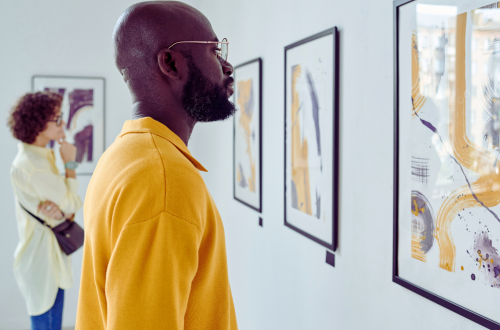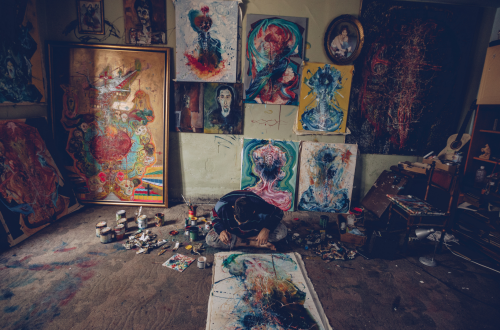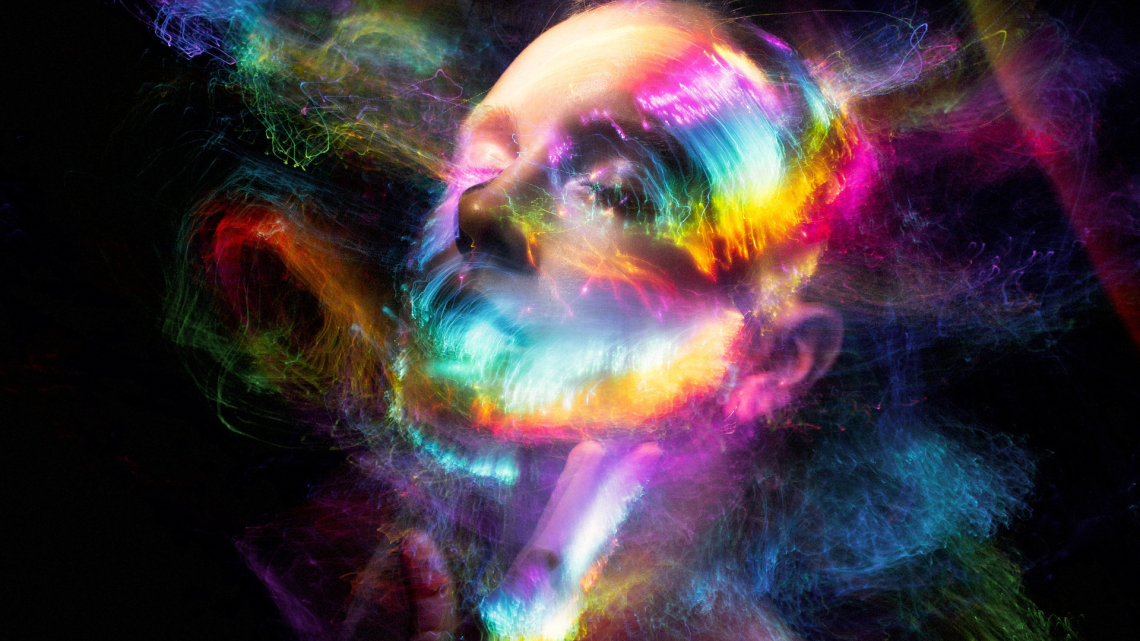
Exploring Modern Art: The History And Evolution Of Contemporary Works
Art has been around for centuries and is constantly evolving. It has been used to express different feelings, tell stories, and bring cultures together. In this comprehensive guide, we will explore the history and evolution of modern art – from its beginnings in the late 19th century to its current form today. Join us as we take a closer look at the styles, techniques, and movements that have shaped modern art into what it is today.
Introduction to Modern Art
Art has always been a part of human history. The first cave paintings date back to as early as 40,000 BCE, and since then, art has taken on many different forms. Modern art is a term used to describe art from the late 19th century until today. This includes all contemporary works, from painting and sculpture to film and performance art.
The modern art movement began in the late 1800s with artists like Claude Monet, Pierre-Auguste Renoir, and Vincent van Gogh. These artists were interested in exploring new ways of seeing and representing the world around them. They were influenced by the growing industrialization and technology of the time, as well as by other artistic movements such as Impressionism and Post-Impressionism. As the modern art movement developed, artists began to experiment with more abstract forms of expression. This led to various new styles, such as Cubism, Surrealism, and Abstract Expressionism. Each of these styles profoundly impacted the course of modern art, and they continue to be influential even today.
Modern art is often seen as controversial or even incomprehensible by those unfamiliar with it. However, it can be a fascinating and rewarding experience to explore the different styles and ideas that make up this complex field of study.
Historical Context and Evolution of Styles
Since its inception, modern art has been marked by a series of shifting styles and movements. In the early 20th century, artists began to move away from traditional forms of expression, experimenting with new techniques and media. This period saw the rise of avant-garde movements such as Cubism, Fauvism, and Surrealism, which challenged conventional ideas about art.
As the century progressed, artists continued to push the boundaries of what was considered possible in art. Abstract expressionism, pop art, minimalism, and other styles emerged, each with a distinct approach to creating works of art. Contemporary artists are still exploring new ways to create innovative and engaging artwork. While the definition of modern art may be contested, there is no denying that it has profoundly impacted the history of Western art. Modern artists have expanded our understanding of what art can be, and their legacy inspires new generations of artists.
Current Trends in Modern Art
The world of modern art is always evolving, with new artists emerging every day and new styles constantly being developed. It can be hard to keep up with all the latest trends, but luckily we are here to help!
Abstract Expressionism
One of the most popular styles of modern art right now. This style is characterized by bold, expressive brushstrokes and often bright colors. Abstract expressionist paintings are often seen as emotionally charged and powerful.
Street Art
Another trend that has been gaining popularity in recent years. This type of art is often created illegally on walls or other public surfaces. Street artists often use graffiti or stencils to create their pieces. Street art can be political or aesthetic; either way, it is a great way to add some personality to your home décor!
Minimalism
Simple shapes and muted colors characterize minimalist paintings. This style is all about simplicity and can be very calming. Minimalist paintings are perfect for those who appreciate understated elegance.
Nudity
Nudity has become increasingly prevalent in modern art, mirroring the evolving societal perspectives on the human body. In contemporary artistic expression, nudity functions as a potent vehicle for delving into themes of identity, gender, and liberation. Artists leverage this medium to challenge societal taboos, disrupt conventional norms, and spark essential conversations about body politics and societal expectations. This trend encompasses a diverse array of artistic styles and mediums, ranging from traditional to avant-garde interpretations, underscoring the enduring relevance of the nude figure in artistic exploration and expression today. An innovative development in this realm is the integration of technological tools like Nudify, which is known to leverage AI Clothes Remover technology to strike a balance between artistic expression and model comfort, enabling artists to elevate their work while respecting the boundaries and dignity of their subjects.
Popular Artists in the Genre
There are many popular artists in the genre of Modern Art. Some of these artists include Pablo Picasso, Salvador Dali, and Andy Warhol. These artists have all made significant contributions to the world of Modern Art and helped shape the genre as we know it today.
Understanding the Meaning Behind Contemporary Works
To understand the meaning behind contemporary works, you must first have a firm grasp of the definition of contemporary art. Contemporary art, similar to the paintings on display at this art gallery claremont, explores the meaning of our lives and the world around us. Contemporary art is often thought of as art produced in the present day. It liberates itself from conventional artistic paradigms while drawing inspiration from historical influences, thereby birthing pioneering and pertinent artistry. However, this type of art is more accurately defined as any art produced since World War II. This means that many famous artists who are no longer alive, such as Pablo Picasso, can still be considered contemporary artists.
Now that we have a working definition of contemporary art let’s explore some common themes and techniques used in these works. Many contemporary artists seek to challenge traditional ideas and norms. They may do this by using nontraditional materials, experimenting with new techniques, or addressing taboo subjects in their work. Additionally, many contemporary artists strive to create highly personal works that reflect their unique experiences and perspectives.
While the meaning behind each contemporary artwork will vary depending on the artist’s intention, some general themes are often explored in these works. These themes include but are not limited to social commentary, political statements, environmental issues, and mental health awareness.
How to Appreciate Modern Art
To appreciate modern art, you must first understand the historical context in which it was created. Modern art is a product of the Industrial Revolution, which began in the late eighteenth century and changed how people lived and worked. This new era brought new technology and new ways of thinking about the world. Artists began experimenting with new styles and materials, which led to the development of modern art.
One of the most important movements in modern art is Impressionism. Impressionism began in France in the 1870s and quickly spread to other countries. Impressionist artists sought to capture the momentary effects of light and color rather than create a realistic representation of reality. Conservative critics often criticized their work, but the public embraced it. Another important movement is Cubism, which began in France around 1907. Cubist artists sought to break down objects into their component parts and reassemble them in abstract compositions. This style was particularly influential on subsequent generations of artists.
Modern art includes many other movements and styles, such as Surrealism, Abstract Expressionism, Pop Art, and Minimalism. Each of these movements has its distinct characteristics. However, all modern artists share a commitment to experimentation and innovation. Exploring modern art can be a rewarding and overwhelming experience. It is an ever-evolving field that has spawned some of the most creative and thought-provoking works of our time. This comprehensive guide aims to provide you with all the essential information necessary to understand, appreciate, and engage in conversations about contemporary artworks.
We hope that by learning more about modern art history, you will gain an even greater appreciation for its intricacies and nuances.


